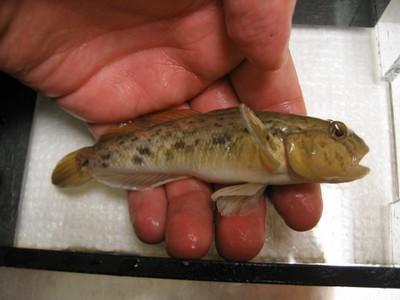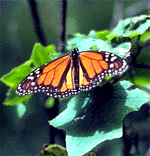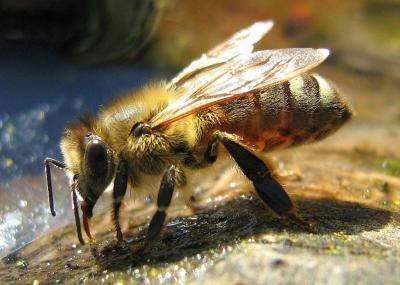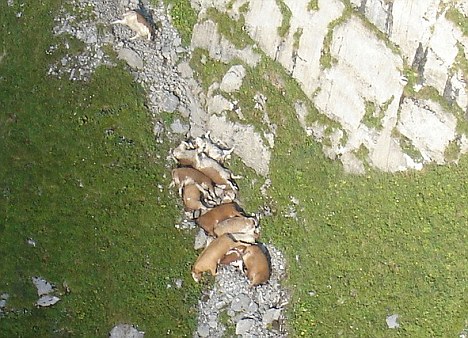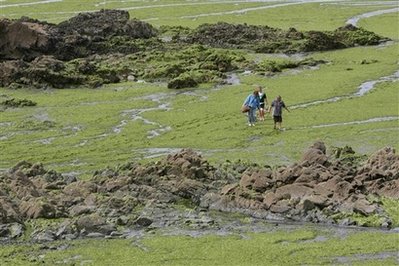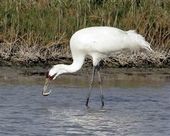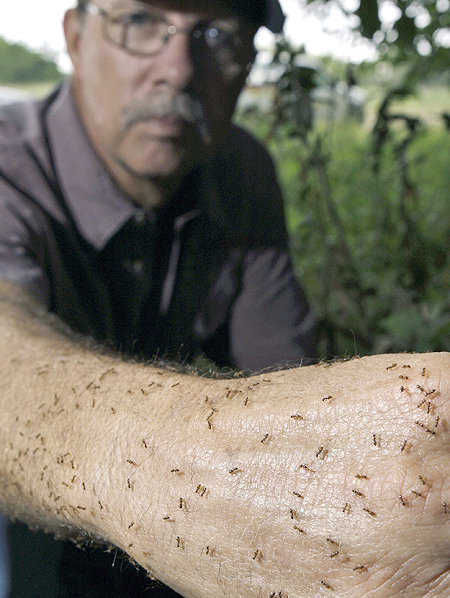
Crazy ants, so named because they move in all directions rather than in a straight line, first surfaced in Houston seven years ago and had previously been confirmed in 14 Southeast Texas counties as far north as Huntsville.
But now the ants have been seen beyond the Houston area, with confirmed sightings in San Antonio and in Jim Hogg County in the Rio Grande Valley.
This discovery is viewed as "a significant change" by researchers who have long feared that the ants would move to other parts of the state, said Rob Plowes, a research associate with the University of Texas at Austin Fire Ant Research Center who visited San Antonio last week.


